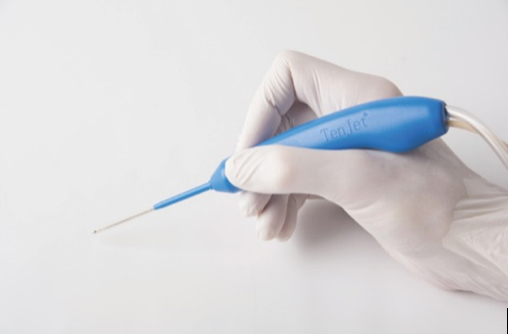- Locations
- Find a Physician
- By Physician
- By Department
- The Center for Spine Health
- Hand & Wrist Center
- Shoulder & Elbow Center
- Foot & Ankle Center
- Joint Replacement Center
- The Sports Medicine Center
- Pediatric Orthopedic Center
- Trauma & Fracture Center
- Osteoporosis and Bone Health
- Oncology Center
- Cartilage Repair Center
- Concussion Rehab Center
- OrthoDirect
- Careers
- Patient Portal
- Intranet
Tendinitis vs. Tendinosis
Tendon injuries can cause pain for athletes, non-athletes, irrespective of age or gender. Tendon pain can occur in many joints and affect the rotator cuff or the biceps tendon in the shoulder, the patella or quadriceps tendon in the knee, the Achilles tendon, or tendons around the elbow and the hip. Plantar fasciitis is also a commonly occurring condition.
While tendon pain is commonly referred to as tendinitis, tennis elbow, golfers elbow, jumpers knee etc., underlying tendon pathology determines whether the patient truly has tendinitis or a chronic condition called tendinosis. Tendinitis and tendinosis are different types of tendon conditions, which require different treatment approaches.
Tendinitis generally involves inflammation of the tendon, which can resolve itself with rest and physical therapy, or injections. In contrast, tendinosis involves degeneration of the tendon when an overused tendon does not heal and regain its strength. Degeneration of the tendon fibers is also often associated with increased tendon thickness, and occasionally calcifications in the tendon. While physical therapy may help some patients resolve this condition, removal of diseased tissue is often required to allow the tendon to heal itself and regain its structure and strength.
Ultrasound-guided micro-invasive procedure using TenJet

- Do you have chronic tendon pain in your shoulder, elbow, knee, or foot?
- Has this pain been affected your activity or quality of life for more than three months?
- Have you tried rest, physical therapy, or injections, and nothing seems to relieve the pain?
- If you have answered yes to these questions, you may have chronic tendinosis and should speak to your doctor about TenJet.
High-quality ultrasound imaging now allows a physician to look inside the tendon tissue, and identify the degenerative, diseased tissue associated with tendinosis for removal. Combining this with the TenJet device, which is specifically designed to enable micro-invasive tendon treatment, your physician is able to localize and remove the diseased tissue through a small incision that does even require sutures to close.
To learn more about the procedure and TenJet, speak to your physician and visit tendonpain.com
Frequently Asked Questions
What is TenJet?
TenJet is a device that delivers a highly pressurized, stream of saline to cut and remove localized, degenerative tendon or plantar fascia without harming surrounding healthy tendon.
Will I feel any pain during the procedure?
Your physician will recommend the type of anesthetic suitable for your procedure.
You may feel some discomfort as the anesthetic is being administered and after the anesthetic wears off.
How long will my recovery take?
On average, you should experience pain relief within three months of treatment. Individual results may vary, and your physician will guide your post-treatment recovery and rehabilitation plan.
Will I need stitches after my treatment?
When TenJet is used in an ultrasound guided, micro-invasive procedure, stitches are usually not needed.








